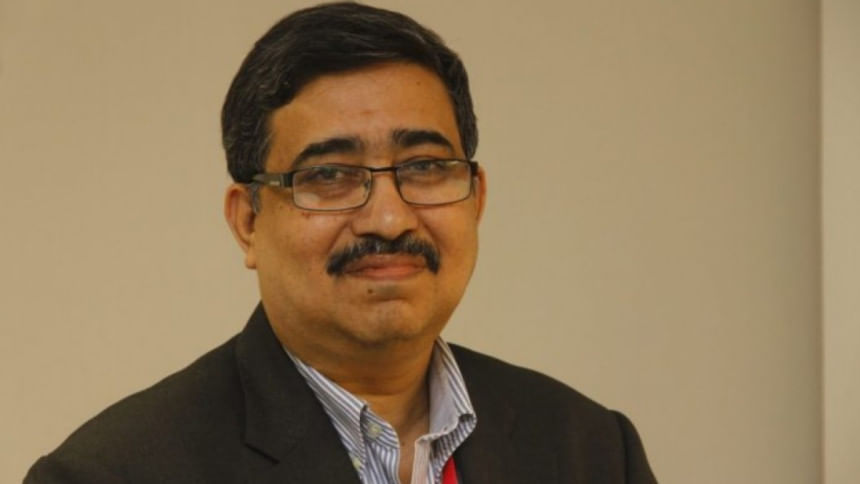The paperless future of microfinance

Nearly two years ago, the Bangladesh Bank issued a letter of intent (LOI) for licensing two digital banks. The process later proved flawed, and the recipients were seen as personally favoured. Yet few questioned the broader idea of licensing digital banks. Recently, the central bank restarted the initiative, and the country may soon have several digital banks. In that same spirit, many are asking: why not one or more digital microfinance institutions (MFIs) in Bangladesh too?
Almost five decades ago, microfinance gave Bangladesh a story of hope. It lifted millions out of poverty and built a model that inspired the world. But that success story now stands at a crossroads. The system that once thrived on face-to-face trust and cash transactions is struggling to keep pace with a digital nation. The next frontier of inclusion will not be written in paper ledgers. It will be powered by data, mobile wallets and real-time connections.
Microfinance now serves more than 40 million people and disburses hundreds of thousands of crores each year. Yet it still operates mostly on cash and manual systems. Field officers travel from village to village to collect repayments, and branches keep physical records. The result is slow operations, high costs and interest rates that burden the very people the system was meant to empower.
Digital transformation is not about replacing the human heart of microfinance. It is about freeing it from inefficiency. A digital microfinance model could bring speed, security and affordability to millions of borrowers. Digital transactions through mobile wallets or bank accounts can cut operational costs by up to 30 percent, reduce interest rates and give borrowers more breathing room. It would also build something microfinance has long lacked: a digital footprint. Every payment would generate data that could help borrowers access better credit, savings and insurance.
Bangladesh is already a leader in digital payments and mobile banking. As noted, the government is considering digital bank licences to promote financial innovation. This raises an important question: when digital banks are being licensed to serve the formal sector, why not a digital MFI licence to serve the informal one?
Microfinance institutions, whether profit-driven or mission-driven, operate closest to the grassroots. A digital MFI licence would recognise that role while giving them the regulatory flexibility to modernise responsibly. It would allow them to digitise loan management, connect with mobile financial service providers and use data to design flexible, client-centred products that could be channelled through alternative banking platforms.
This step is not just about technology; it is about inclusion. A farmer should be able to receive a loan instantly on his phone when he needs seeds and pay his suppliers without withdrawing cash. A woman in a remote village should be able to repay her loan safely without walking miles to a branch. A loan officer should act as a digital guide rather than a collector with a ledger, enabling him to reach more clients and spend more time assessing their needs.
Bangladesh has always been a pioneer in financial innovation. Grameen and BRAC showed the world how finance could fight poverty. Now the country can show how technology can deepen that mission. The government, regulators and private sector must work together to craft a clear policy for digital MFIs that safeguards data, promotes interoperability and invests in digital literacy.
The question is no longer whether microfinance should go digital. It is whether we are ready to build the framework to make it happen safely, fairly and at scale.
If Bangladesh wants to lead the next phase of financial inclusion, this is the moment. A digital microfinance revolution could do for the next 50 years what Grameen, BRAC, Asha, RDRS, TMSS and Buro did for the last. It could also add a new dimension to the financial architecture of Bangladesh in line with digital disruption at every level and attract international impact capital to scale up.
The writer is an economic analyst and chairman at Financial Excellence Ltd

 For all latest news, follow The Daily Star's Google News channel.
For all latest news, follow The Daily Star's Google News channel. 



Comments